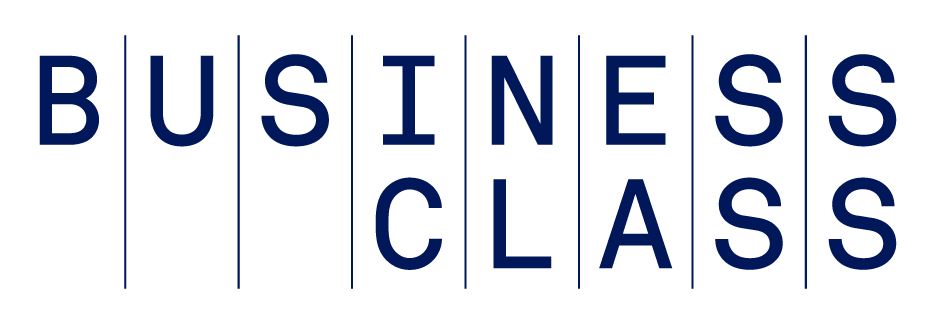We are all busy. In fact, many of us compete with each other on how busy we are. With all the information flooding in every minute of the day, it’s amazing that we get anything done at all. But, there is a big difference between being busy and being productive in your business.
Do any of these “just too busy” symptoms seem familiar?
Furious multitasking
You work harder and longer than ever before to balance multiple things at once in your head, on your desk and on your computer screen. But you are accomplishing less.
Constant distractions
The worldwide Web can be a worldwide waste of time. You consistently stop what you’re doing to check new Facebook, Twitter and e-mail alerts. In fact, you go looking for interruptions as a new form of procrastination.
No action plan for the day
You may start the day with an action plan, but it gets blown up in the first 15 minutes of the workday. The crisis of the moment always seems to take precedent over any planned activity.
Accomplishing marginal work quickly
You get things done on time, but most of it is a halfhearted effort or it is not thought through.
How to regain productivity
Albert Einstein said that the definition of insanity is to keep doing the same thing over and over and expect to get different results. Unfortunately, we continue to do things inefficiently even though we should know better. When it comes to increasing our productivity, we can be our own worst enemies.
So, what steps can we take to be more productive?
1. Limit interruptions
Just stop! Set aside time during the day or designate places in your office that are no-interruption zones. If you are a Mac user, install Self Control, which blocks distracting websites and other programs for a predetermined period of time.
2. Do less, not more
You can actually accomplish more things well by focusing on achieving less. As Steve Jobs did with his management team, constantly prune to focus your time. Cut out the 20 percent of your work that just makes you busy, but not productive.
3. Focus on tasks, not time
Monthly, decide on three critical success factors for your business. Every week (or day, depending on your company) construct one or two tasks that move you toward accomplishing those critical goals. Each day, complete the toughest and most critical ones first. Do not move on to anything else until you’ve finished these tasks.
4. Act thoughtfully
Spend a preset amount of time analyzing the issue. Then take definitive action and learn from the results.
5. Take small steps, not giant leaps
Success is always a series of small interim steps. Measure results of each outcome to plan the next most productive step.
6. Use social media with a purpose
Think about ways to enhance your brand through this form of promotion, not just react to incoming messages or posted activities. Get involved in conversations and offer advice that supports your company’s marketing and customer service. Identify keywords to search so your company can become proactively involved.
7. Merge personal and professional lives
Stop wasting energy worrying about separating these two parts of your life. Most small-business owners realize that running a company is 24/7. Stop fighting the fact that your personal and professional lives will clash. Learn how to peacefully integrate these segments into one life. Accomplishing this will actually create more room to do what you want.
Start with changing one work habit. Remember that every employee in your company follows your example. If you are more productive, they will be too.
How have you increased your productivity? Which habit will you change?


